The evolution of flowers has resulted in their stunning appearance and enticing scent. Flowers have adapted to various environments and play a vital role in ecosystems around the world. We will explore the incredible journey of how flowers have thrived and expanded throughout history.

Flowers have undergone a significant transformation over the course of several million years. Their origins can be traced back to basic reproductive structures found in ancient plants. Compared to modern flowers that come in an array of vibrant colors and intricate forms, early flowers were relatively plain. Nevertheless, they served the same purpose of enabling pollination, which is critical for plant species survival.
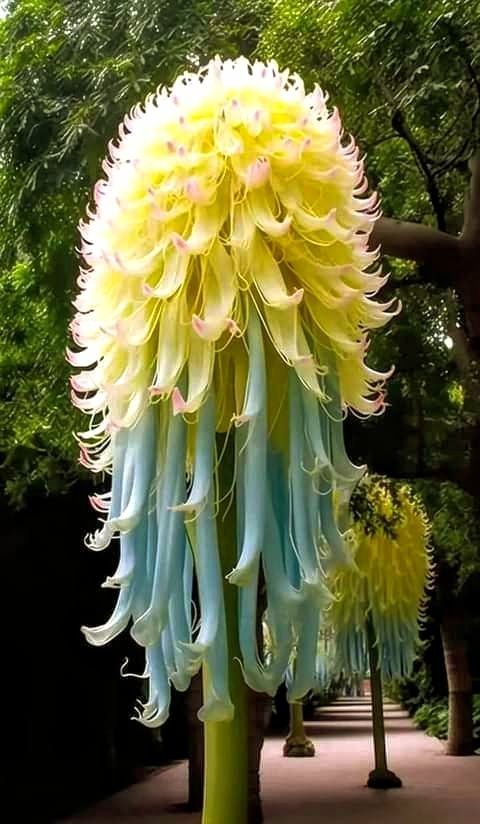
Over time, flowers have gone through some amazing changes. They now come in a variety of vivid hues, enchanting fragrances, and intricate forms. These changes serve two purposes: drawing in pollinators like insects, birds, and mammals, and assisting with reproduction. The evolution of flowers and pollinators is a remarkable example of how nature has shaped the world we see today.
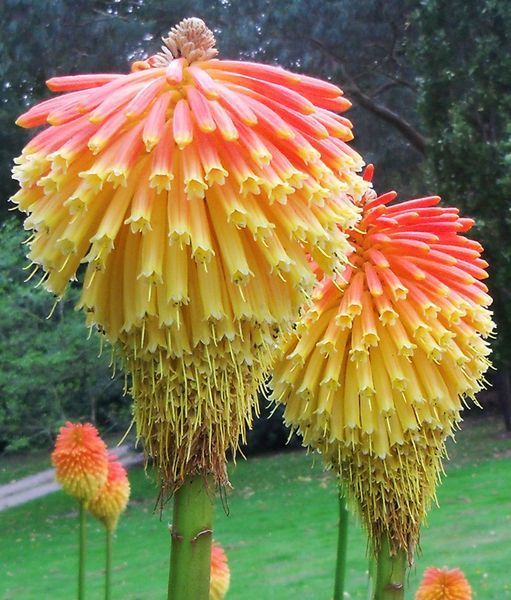
The emergence of flowering plants, also known as angiosperms, was a major turning point in the evolution of flowers. This revolutionary development brought about enclosed reproductive structures that were safeguarded within their flowers. Due to this innovation, the pollination process became more efficient and seed production increased, thereby enabling plants to thrive in different environments.
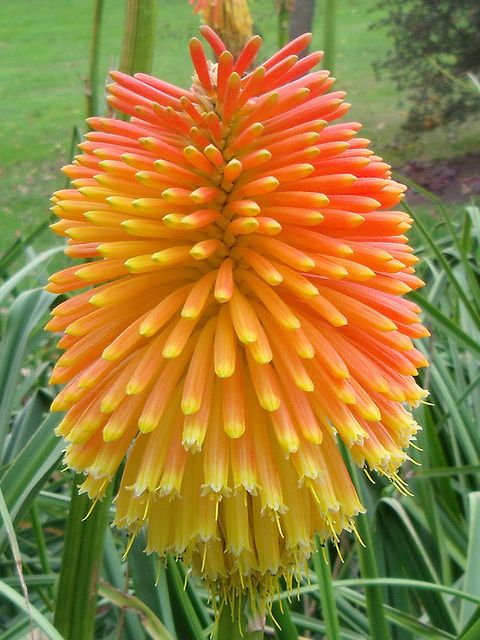
Moreover, flowers have come up with various techniques to guarantee that pollination is successful. Some flowers have adapted to generate nectar, a sweet substance that acts as an incentive for pollinators. Pollinators, in turn, unknowingly transfer pollen from one flower to another while receiving the nourishing nectar, which aids in the fertilization process. On the other hand, certain flowers have developed customized adaptations, such as distinctive shapes, patterns, or fragrances, to allure particular pollinators who are capable of carrying their pollen effectively.
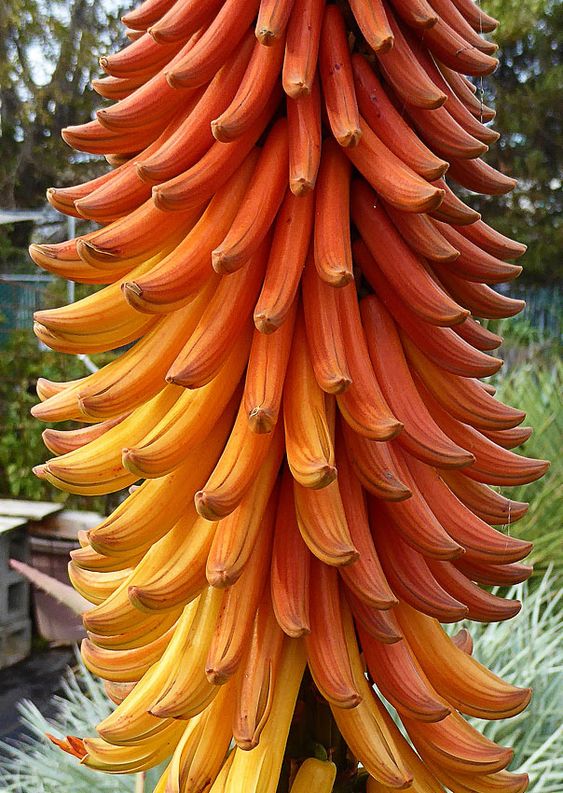
The evolution of flowers has led to a vast range of sizes, colors, and shapes, as they have adapted to different habitats over time. Orchids boast intricate patterns while roses have delicate petals. It is incredible to see the diversity of flowers today, which can be found in almost every part of the world, from lush forests to dry deserts, each thriving in their unique environment.

The proliferation of flowers has not only improved their ability to reproduce but has also brought joy to human existence. Flowers have fascinated humans for a long time due to their beauty and symbolic meaning, which have been reflected in cultural activities, artwork, and festivities. These beautiful plants possess the ability to stir up emotions, trigger creativity, and promote tranquility in our daily lives.
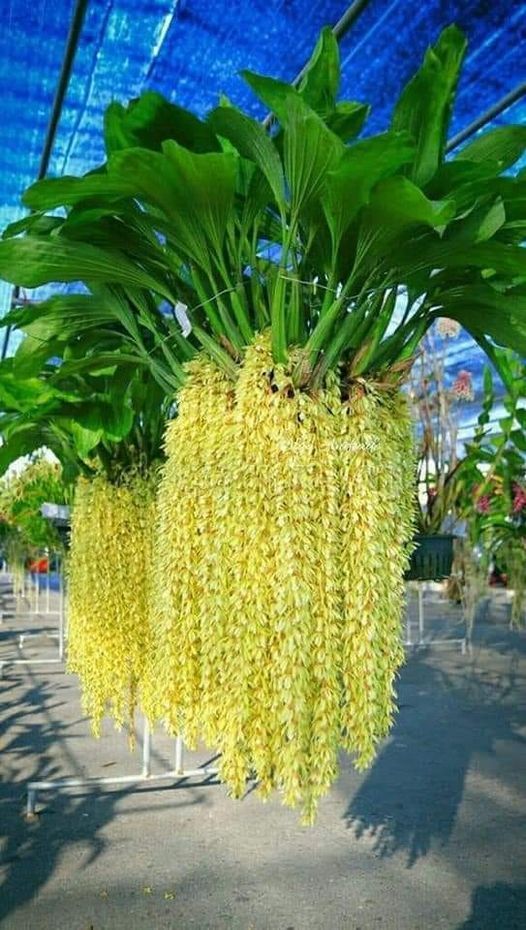
To sum up, the evolution of flowers is truly remarkable as they have transformed from simple beginnings to diverse and enchanting forms. Their ability to adapt and thrive over millions of years has made them a vital part of ecosystems all over the world. As we admire the beauty of flowers, it’s important to recognize their unique development and the significant impact they have on our planet.
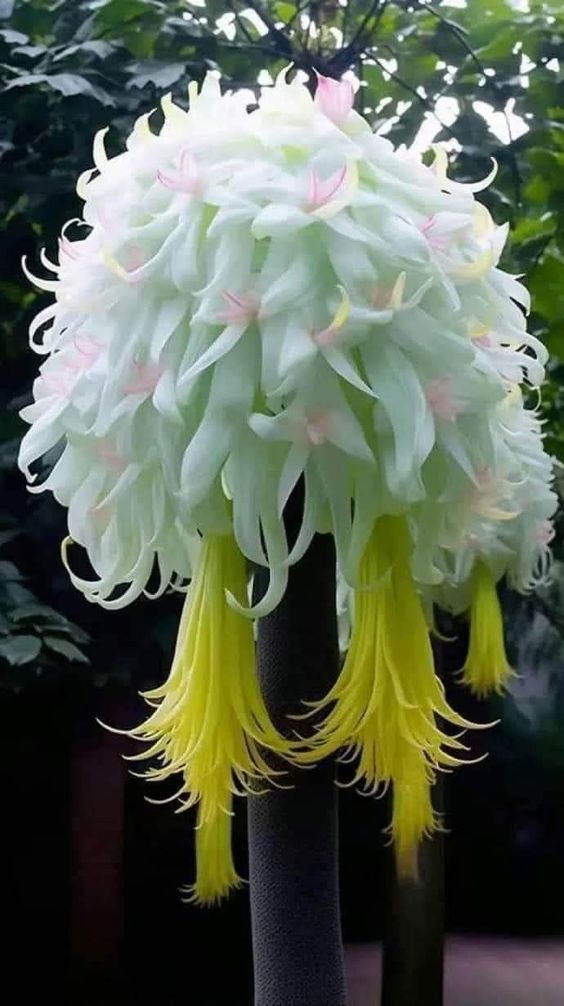
Soucre: 6.bumkeo.com





